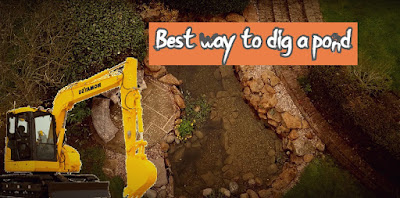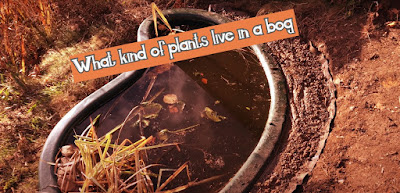About
Ever since gardens were first created water has played a part in their design. Water adds new dimensions to a garden, providing sound, reflections and movement, and the constant play of light and shadow moving over the surrounding plants and across nearby walls and fences is endlessly fascinating. Moving water, in the form of a stream or as water disturbed by fountains or waterfalls, creates even greater play of light and brings soothing and refreshing sounds to the garden.
The area around water is quite different from other areas in the garden. The plants are unlike their land-based equivalents in shape, form and colour, but as well as the plants growing in the water itself, there is a huge selection of plants that will grow in the pond's margins and in boggy ground, opening up new aspects of gardening. These plants are not only visually exciting but growing them can present the gardener with challenges and opportunities to experiment that do not exist with conventional garden plants.
Recent developments in materials and technology have made the building and installation of quite complex water features comparatively simple. Submersible pumps, flexible liners, geotexile matting and preformed units mean that it is possible to create ponds and associated fountains, streams, cascades and waterfalls to suit any style of garden, from formal to informal, and from large to small. It is even possible to buy kits, complete with everything you need to make bubble or millstone fountains. Garden centres and aquatic specialists provide everything that you need, and many suppliers operate mail order services on the internet.
Ponds are not difficult to construct, and they need surprisingly little maintenance when they have been built. Most gardeners are quite capable of building one or constructing a small water feature, and they are mostly completely trouble free. Occasionally, however, problems arise with the construction of the pond or the plants and wildlife associated with it. This blog asks the questions that gardeners are likely to pose and answers them in a practical way, illustrating the points with artworks and photographs.
The area around water is quite different from other areas in the garden. The plants are unlike their land-based equivalents in shape, form and colour, but as well as the plants growing in the water itself, there is a huge selection of plants that will grow in the pond's margins and in boggy ground, opening up new aspects of gardening. These plants are not only visually exciting but growing them can present the gardener with challenges and opportunities to experiment that do not exist with conventional garden plants.
Recent developments in materials and technology have made the building and installation of quite complex water features comparatively simple. Submersible pumps, flexible liners, geotexile matting and preformed units mean that it is possible to create ponds and associated fountains, streams, cascades and waterfalls to suit any style of garden, from formal to informal, and from large to small. It is even possible to buy kits, complete with everything you need to make bubble or millstone fountains. Garden centres and aquatic specialists provide everything that you need, and many suppliers operate mail order services on the internet.
Ponds are not difficult to construct, and they need surprisingly little maintenance when they have been built. Most gardeners are quite capable of building one or constructing a small water feature, and they are mostly completely trouble free. Occasionally, however, problems arise with the construction of the pond or the plants and wildlife associated with it. This blog asks the questions that gardeners are likely to pose and answers them in a practical way, illustrating the points with artworks and photographs.













Comments
Post a Comment